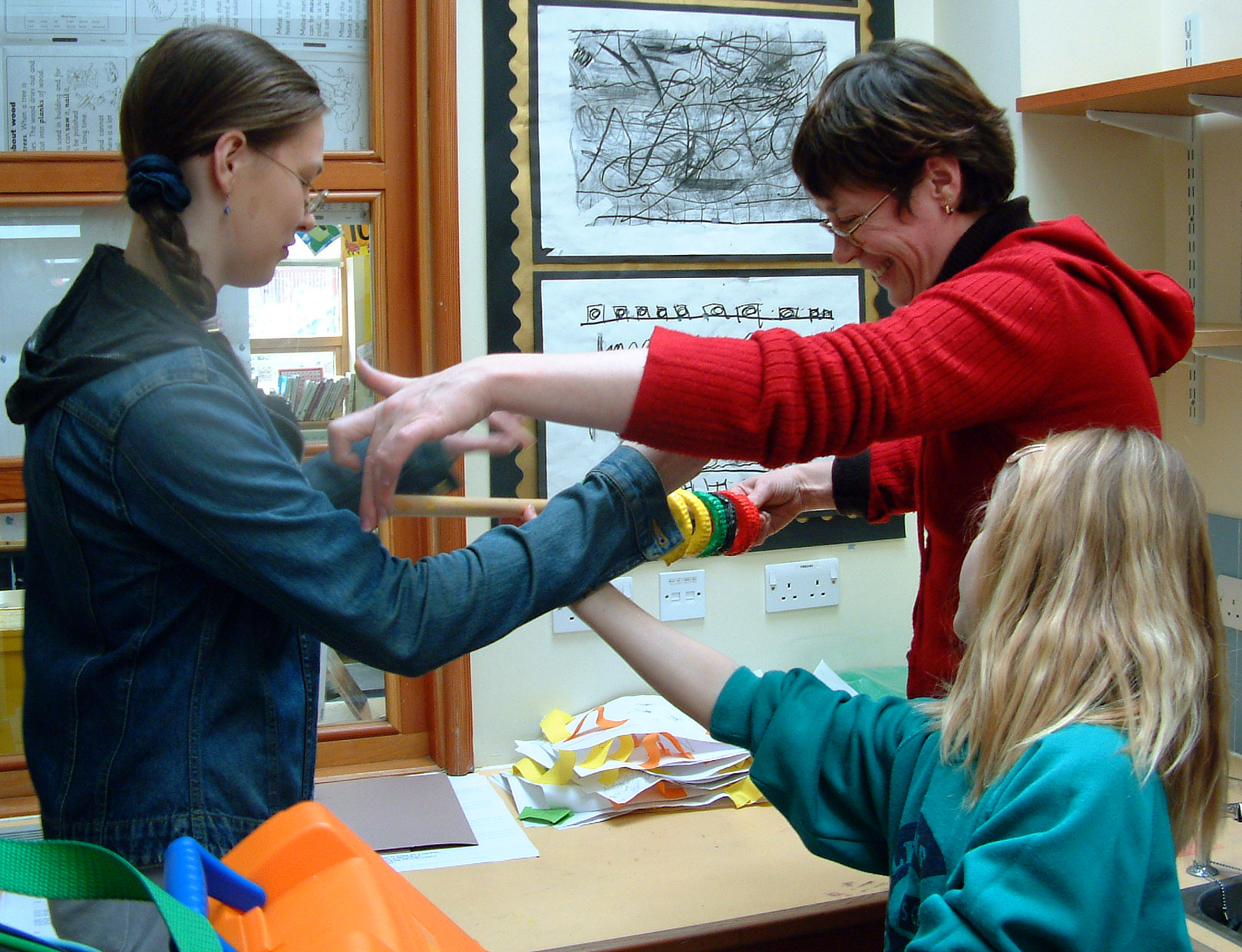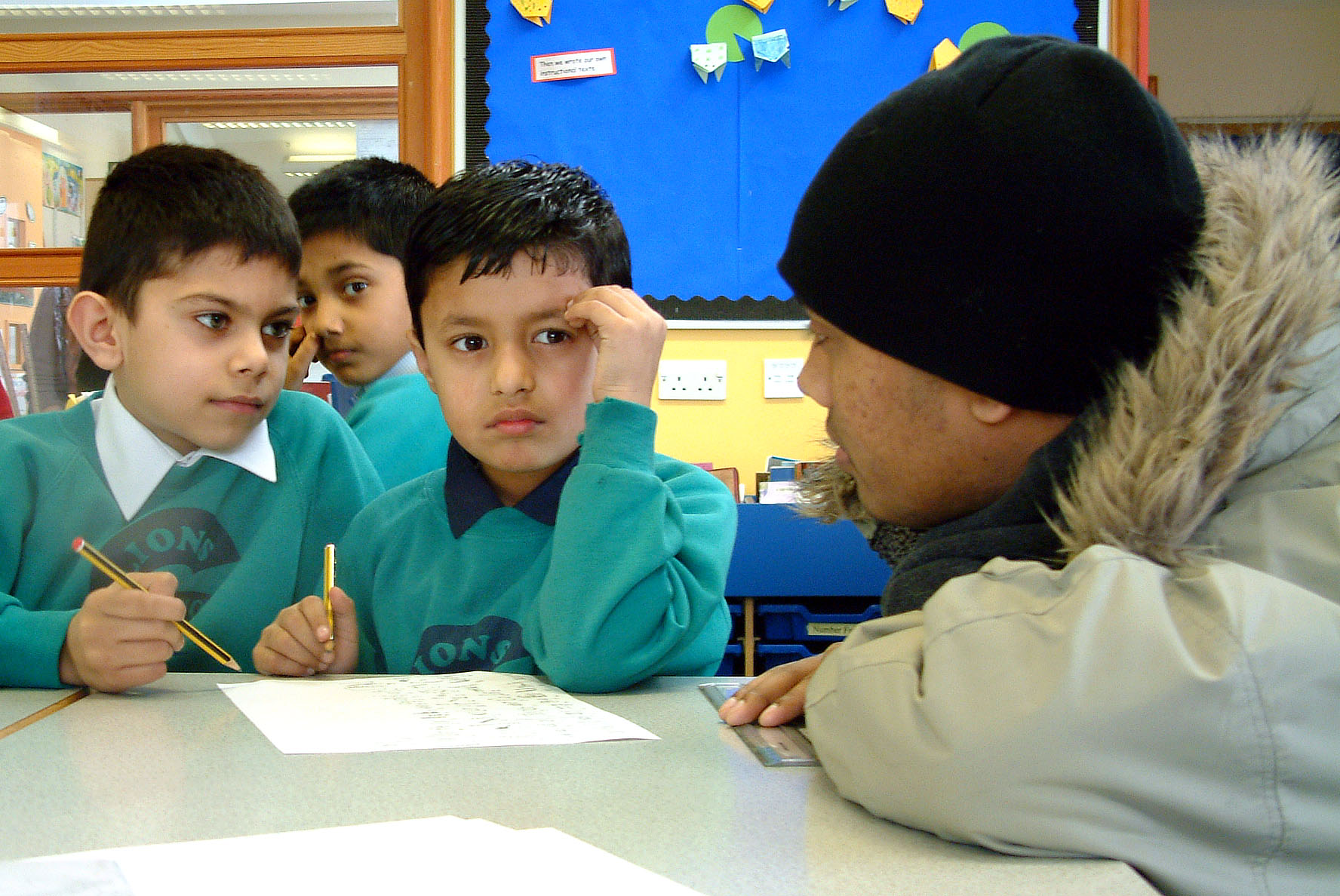Placements and mentoring around live projects in the community, involving children, young people and university graduates.

Cascade was the name given to a collaborative process that maximised the educational potential of projects through the involvement of young people and students from three levels of education. A series of projects with a common aim of using cultural means to bring the concerns, issues and aspirations of ordinary people into the public domain resulted in different creative outputs. University students acted as mentors to support 17/18 year olds from colleges of further education. These pairs of students were then placed in school classes to facilitate workshops for creative production – a process facilitated throughout by a team of artists.
For over five years the Cascade process ran alongside a series of projects that each focused on the regeneration of London Thames Gateway – a programme that aimed to solve the housing problems of the South East by building on the flood plains bordering the river, eastwards from the London Docklands to the North Sea and also encompassed the re-development accompanying the 2012 London Olympics. Participants in the Cascade projects lived in these areas, representing some of the future residents who would benefit or otherwise from the changes taking place. Their role was to draw on their experience of life in that location and consider the kind of future they would wish for themselves and their communities. Their ideas were then communicated through a range of cultural outputs in the public domain.
The project’s title described the two-way flow of skills and experience that took place through these projects. The youngest cohort would generally hold most of the expertise about ‘place’ while benefiting from the support of the slightly older college students who acted more as ‘buddies’ than teachers. University students acted as mentors to the college students. As part of this they would demonstrate their own artwork and describe their personal journeys into higher education. Through this first hand insight the younger students gained ideas about different ways to realise their dreams and ambitions. At the same time the older students developed facilitation and workshop skills. The artists managed the interaction between the different groups, with participants concentrating on production and learning that was taking place on many different levels. All contributed in different ways to the final outcomes, which have at different times included exhibitions, books and web sites. Participants’ research was aided by the visits of professors, athletes and other professionals into their schools and colleges; exploratory trips, as to the Gunpowder Park field centre; and the practical support of artists and photographers.
The first Cascade project took the opportunity of the creation of The Catch public artwork in 2002 to encourage participants to consider what the planned regeneration of Barking would offer to their future. The next year the project addressed the prospective bid for a London 2012 Olympics and what that might mean for young East Londoners. In 2004/5, when the bid had been successful, in part due to its ‘green’ agenda, participants examined the potential environmental impact of the event. In following years Cascade mentoring accompanied the making of the Young Person’s Guide to the Royal Docks. Although this was the final year of the three-tier mentoring, university students continued to support workshops with young people during the making of the Young Person’s Guide to East London. Cascade involved participants from three primary and one secondary school, two colleges of further education and both graduate and undergraduate students from the University of East London.
































